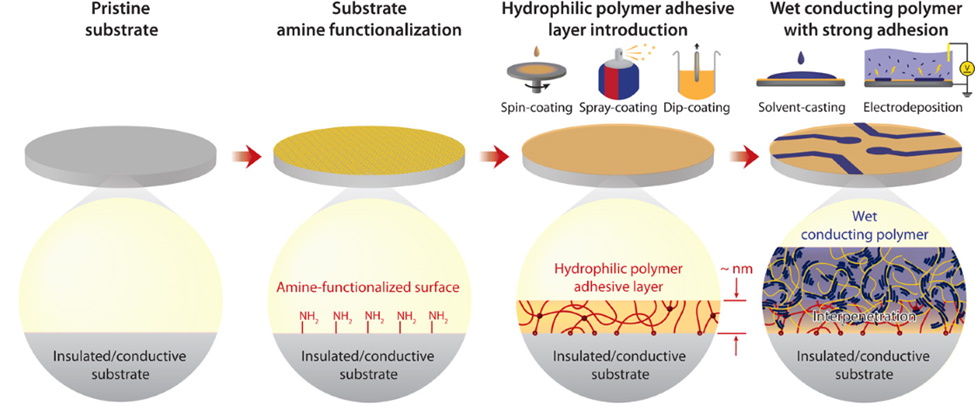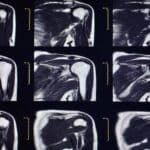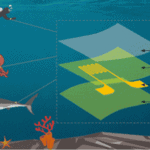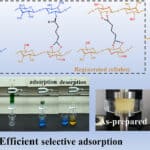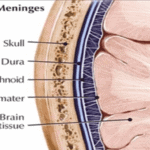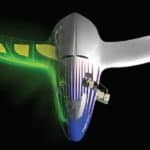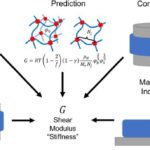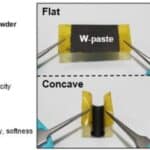Conducting polymers serve as an interface between electrodes and biological organisms in bioelectronic devices. Some examples are poly(3,4-
The team start with a smooth substrate functionalized with primary amine groups. This provides an enhanced interfacial adhesion between the substrate and adhesive layer via covalent bonds and/or electrostatic interaction. Next, the adhesive layer is applied via spin coating, spray coating or dip coating. A layer of conducting polymer is applied on top of the adhesive layer which then results in a swelling of the adhesive layer due to polymer precursors diffusing into it. A schematic of the process is seen in the image above.
Tests conducted to measure the mechanical and electrical integrity of the adhesive layer on the substrate include lap-shear tests, standard four-point probe, electrochemical impedance spectroscopy analysis and tensile tests. The CellScale UniVert performed tensile tests to determine the effect of the adhesive layer on the conducting polymer under varying thickness of the adhesive layer. Images below show the test set-up and results.
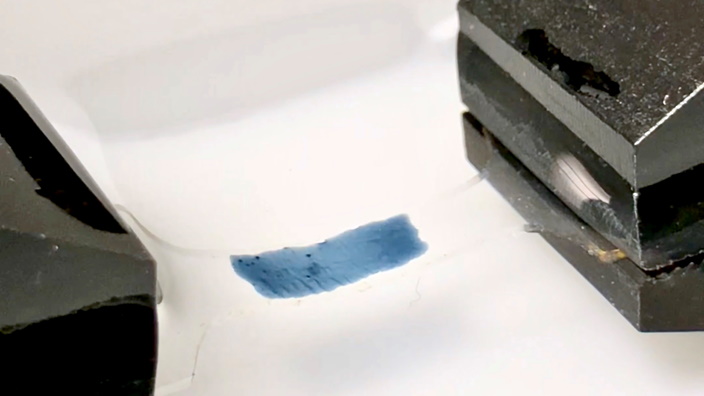
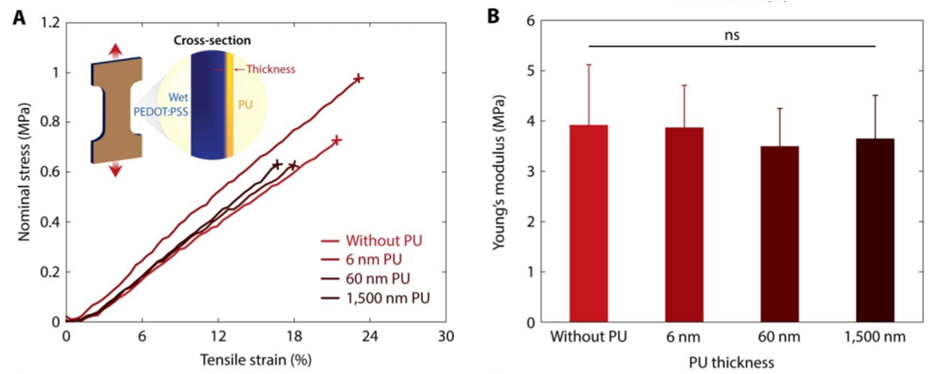
To read the full article, click here: https://doi.org/10.1126/sciadv.aay5394
To read more about Dr. Zhao’s research, click here: http://meche.mit.edu/people/faculty/[email protected]
To read about a lap-shear test done with the UStretch, click here.

